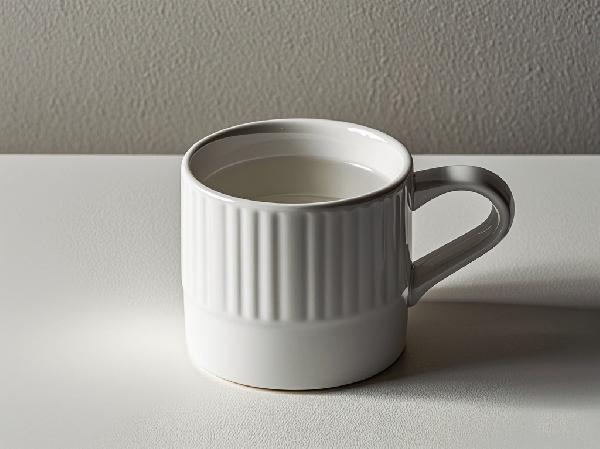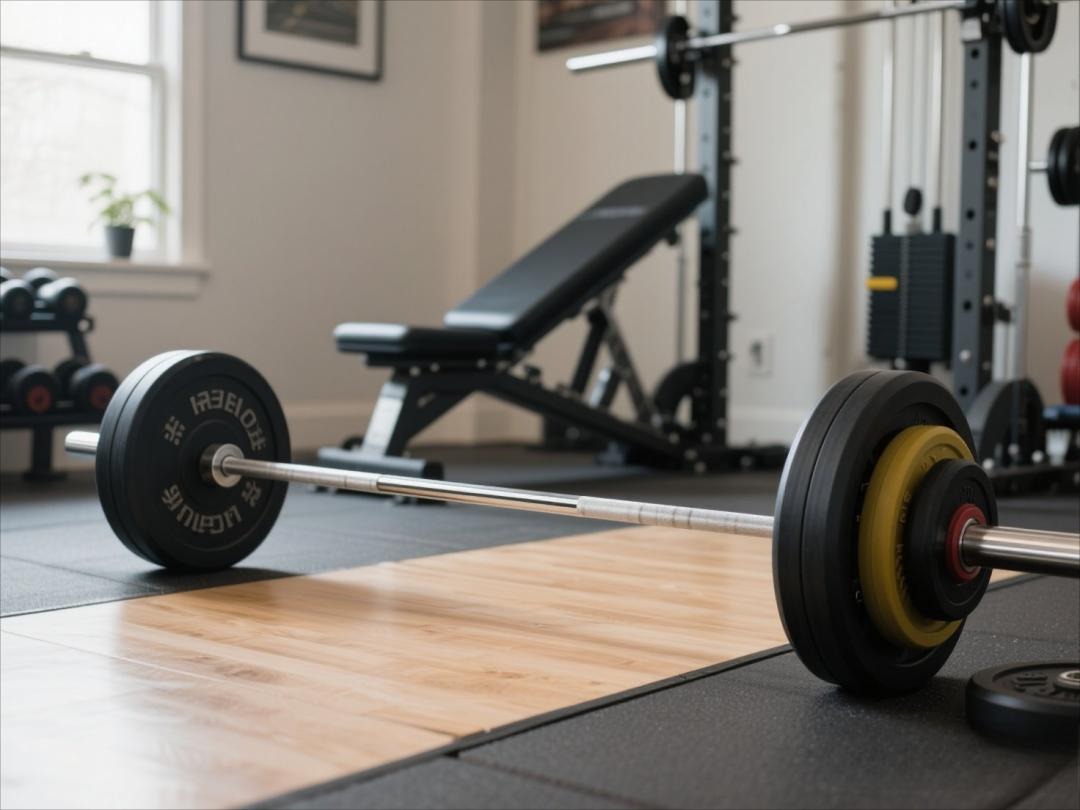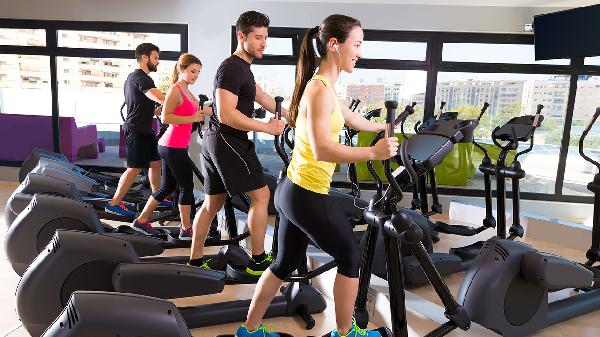Keeping track of carbs doesn’t have to feel like solving a math problem—unless you’re into that kind of thing (no judgment). Whether you're counting carbs for weight loss, managing diabetes, or just trying to stay on top of your macros, a carb calculator can be your new best friend. Think of it as your personal nutrition sidekick, helping you make smarter food choices without the guesswork.

Why Counting Carbs Matters
Carbs are sneaky. They hide in everything from your morning latte to that "healthy" granola bar. And while they’re not the enemy (your brain and muscles love them), too many can throw your blood sugar or weight goals off track. That’s where a carb calculator comes in—it takes the mystery out of meal planning and helps you stay in control.
How a Carb Calculator Works
A good carb calculator does the heavy lifting for you. Plug in your food, portion size, and boom—it spits out the carb count so you don’t have to squint at nutrition labels or play detective with restaurant menus. Some even break it down into net carbs (total carbs minus fiber and sugar alcohols), which is clutch if you're following a keto or low-carb diet.
Choosing the Right Calculator
Not all carb calculators are created equal. Some are basic, while others come loaded with extras like meal tracking, recipe builders, and even barcode scanners. Here’s what to look for:
Accuracy – A calculator is only as good as its database. The best ones pull from verified sources like the USDA or allow user-submitted corrections.
User-Friendly Design – If it takes longer to log your food than to eat it, that’s a hard pass. Look for one with a clean interface and quick search features.
Extra Features – Want to track protein and fat too? Some calculators double as full macro trackers, so you can keep an eye on your entire nutrition game.
Tips for Carb Counting Like a Pro
Even with a calculator, a few tricks can make tracking easier:
Measure Portions – Eyeballing works… until it doesn’t. A food scale or measuring cups keep your counts precise.
Plan Ahead – Logging meals before you eat them helps avoid surprises. Plus, it’s way easier to adjust before that burrito hits your plate.
Watch for Hidden Carbs – Sauces, dressings, and even some protein bars can pack more carbs than you’d expect. Always check the fine print.
The Bottom Line
A carb calculator takes the hassle out of tracking, so you can focus on hitting your goals—whether that’s crushing a workout, keeping your blood sugar steady, or just feeling more in tune with what you eat. And hey, if it means you can still enjoy that slice of pizza without the guilt? That’s a win.
























